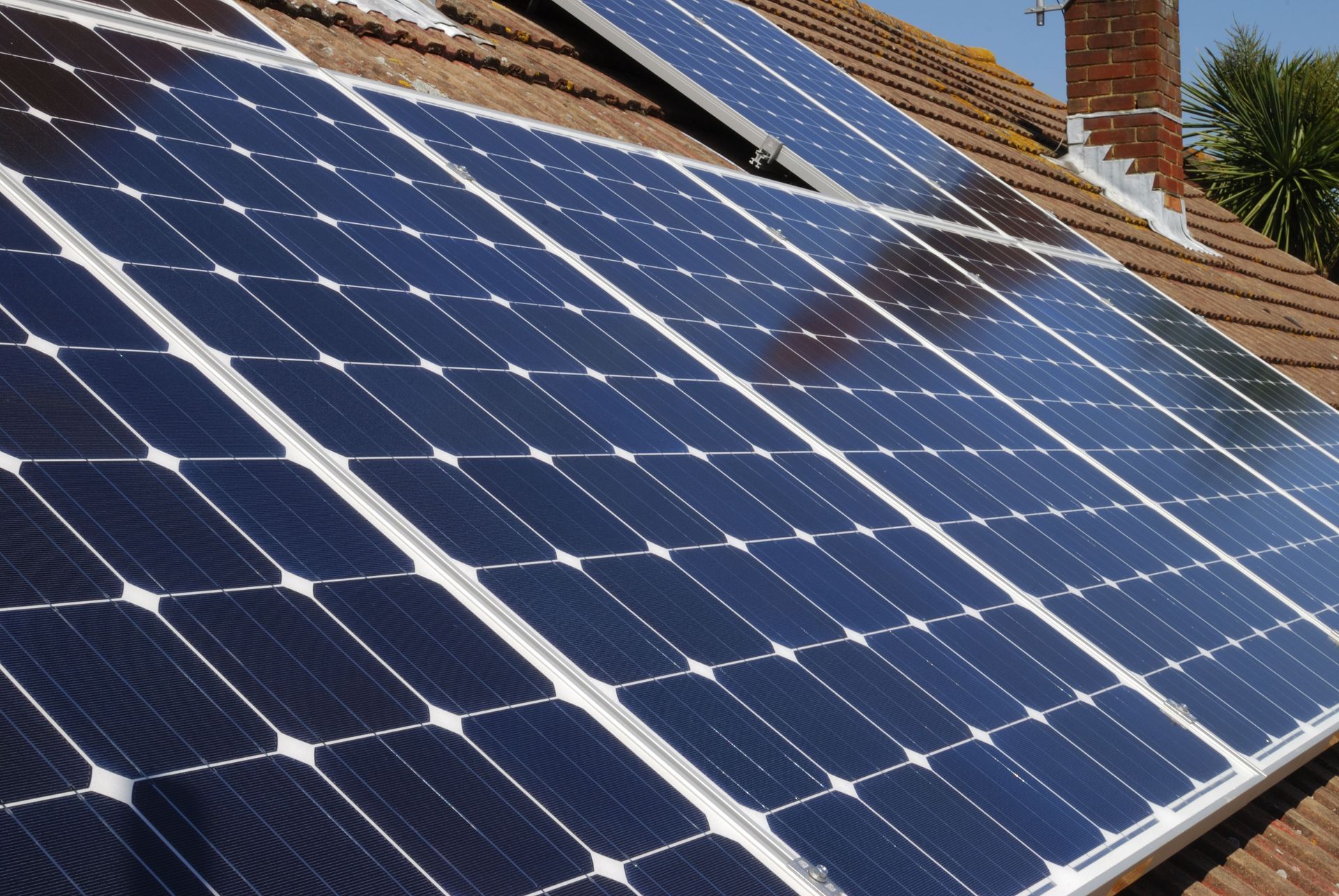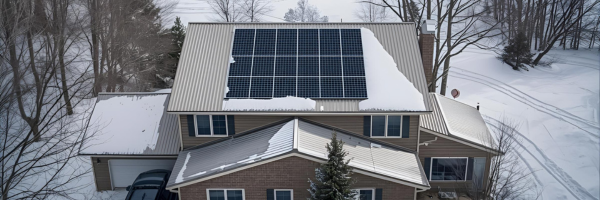Solar Electric Vehicle Charging Stations: Power Your Car with The Sun
Solar power, once reserved for the rich and environmentally dedicated, has become more widespread. Smaller, more efficient, and affordable solar panels continue to fuel the uptake of renewable energy. In early 2019, the US surpassed the over 2 million mark for solar installations
The benefits of solar power continue to expand, especially with the recent rush for electric-car adoption. In 2019, global electric vehicle sales totaled slightly above 2 million units. This is double the volume sold 2 years before. The International Energy Agency estimates that the EVs will continue to grow to approximately 245 million cars by 2030.
While the demand for electric vehicle charging stations is sharply increasing, homeowners and business executives may need to find affordable ways to power their vehicles. Solar energy provides an excellent green alternative that replaces fossil-fuel-based grid electrical power.
How Much Power Does an EV Use?
Electric cars utilize electricity stored in battery packs to power the motor. As they run entirely on battery electricity, they are also referred to as all-electric vehicles. Your solar panel converts direct current (DC) to Alternating Current (AC), used in buildings and the EV. Installing a charging station at your home or workplace allows you to harness the sunlight into electricity that’s stored in battery packs.
The amount of power your electric vehicle uses depends on several factors, including; the make and model of your EV, how much you drive, and the battery pack. The EPA utilizes a different rating system from the traditional miles per gallon. That is the number of kilowatt-hours required to drive for 100 miles. You can find out the number for your vehicle from the fueleconomy.gov website.
With that information, you can find out how much electricity you need to power your vehicle.
How Many Solar Panels Will You Require to Power Your EV?
According to the US Department of Transportation, the average American drives 13,476 miles per year. Electricity is expensive. While you can hook up your EV charger to your grid network, your utility bills will skyrocket in no time. You can cut on these costs and carbon emissions by having a solar company install electric vehicle charging stations in your home or workplace.
Generally, you'll need approximately 8 to 12 panels to charge your electric vehicle. However, this number depends on how much you drive, the battery pack efficiency, and the sunshine in your area, among others. Consult your solar power company to determine the exact number.
How Much Will It Cost?
The installation costs for solar electric vehicle charging stations varies depending on the photovoltaic units used, quality, battery packs, and type of charger used. There are 3 general types of electric vehicle charging stations, including; Level 1 standard charger, level 2, and superchargers. Including installation costs, you may be facing an average of $13,000 to $40,000, depending on the PV system you choose.
The rise in demand for EVs has created an acute shortage of electric vehicle charging stations. Solar-powered installations provide a greener yet affordable alternative for homeowners and business executives. To discuss the installation needs for your off-grid EV charging system, reach out to Northwind Solar.






























Share On: